Overview
Targets and Indicators

7.1
By 2030, ensure universal access to affordable, reliable and modern energy services
7.1.1
Proportion of population with access to electricity
7.1.2
Proportion of population with primary reliance on clean fuels and technology

7.2
By 2030, increase substantially the share of renewable energy in the global energy mix
7.2.1
Renewable energy share in the total final energy consumption

7.3
By 2030, double the global rate of improvement in energy efficiency
7.3.1
Energy intensity measured in terms of primary energy and GDP

7.a
By 2030, enhance international cooperation to facilitate access to clean energy research and technology, including renewable energy, energy efficiency and advanced and cleaner fossil-fuel technology, and promote investment in energy infrastructure and clean energy technology
7.a.1
International financial flows to developing countries in support of clean energy research and development and renewable energy production, including in hybrid systems

7.b
By 2030, expand infrastructure and upgrade technology for supplying modern and sustainable energy services for all in developing countries, in particular least developed countries, small island developing States, and land-locked developing countries, in accordance with their respective programmes of support
7.b.1
Installed renewable energy-generating capacity in developing and developed countries (in watts per capita)
Progress and Info
Progress towards Goal 7 has been notable: from 2015 to 2023, global electricity access rose from 87 to 92 per cent, access to clean cooking fuels increased by 16 per cent, and renewable electricity continued to grow. However, progress is slowing –renewables lag in the transport and heating sectors, and energy efficiency gains have stalled. Moreover, only a small portion of global energy investment reaches the areas most in need. Achieving Goal 7 will require a significant boost in investment in emerging and developing economies, in particular in sub-Saharan Africa, to expand access to electricity and clean cooking, scale up renewable energy, improve energy efficiency and strengthen policy and regulatory frameworks.
The United Nations energy compacts are designed to facilitate the clean energy transition and support the development of technical, policy and governance solutions to accelerate the achievement of Goal 7, including through the work of the Council on Engineers for the Energy Transition, launched under the auspices of the Secretary-General. The Just Energy Transition Partnership also provides support to countries.
Target 7.1 - In 2023, the global electricity access rate reached 92 per cent, reducing the number of people without access to 666 million – 18.8 million fewer than in 2022. Sub-Saharan Africa accounts for 85 per cent of those without electricity, mostly in rural areas. Despite 73 million new connections annually, population growth is outpacing progress, and 645 million may remain unserved by 2030. Achieving universal access requires increasing the annual access rate to 1.2 per cent. Off-grid solar solutions could serve 41 per cent of the unserved. From 2010 to 2023, 45 countries achieved universal access, but only two were in sub-Saharan Africa. 71.
The percentage of the population with access to clean cooking reached 74 per cent in 2023 – up from 64 per cent in 2015 – but 2.1 billion people still rely on polluting fuels. At current rates, 1.8 billion people, or 22 per cent of the population, will remain without access to clean cooking by 2030.
Target 7.2 - In 2022, renewable energy accounted for 17.9 per cent of total final energy consumption. Excluding traditional biomass, modern renewables grew from 10 per cent in 2015 to 13 per cent in 2022. The electricity sector leads, with renewables at 30 per cent of total final electricity consumption in 2022. While biofuels dominate renewable transport energy, making up for almost 90 per cent of the total, overall progress in the heat and transport sectors remains limited.
Target 7.3 - Global primary energy intensity improved by 2.1 per cent in 2022, quadruple the 0.5 per cent rate in 2021, and was slightly above the post-2015 average. However, this improvement was partly due to the global energy crisis. Progress falls below the original 2.6 per cent annual target. Meeting the goal would require an annual improvement of 4 per cent in the 2022–2030 period.
Target 7.a - In 2023, international public financial flows supporting clean energy in developing countries rose to $21.6 billion, a 27 per cent increase from 2022. Despite three years of growth, this remains below the 2016 peak of $28.4 billion and primarily benefits major developing economies. Support falls far short of actual needs, especially for the least developed countries, landlocked developing countries and small island developing States.
Target 7.b - Global renewable energy capacity per capita hit a record 478 watts in 2023, up 13 per cent from 2022, with developed countries reaching 1,162 watts and developing countries reaching 341 watts. While developing countries showed stronger growth at 17 per cent, compared with 8.1 per cent in developed countries, significant expansion of modern energy infrastructure and technology remains necessary in developing countries.






